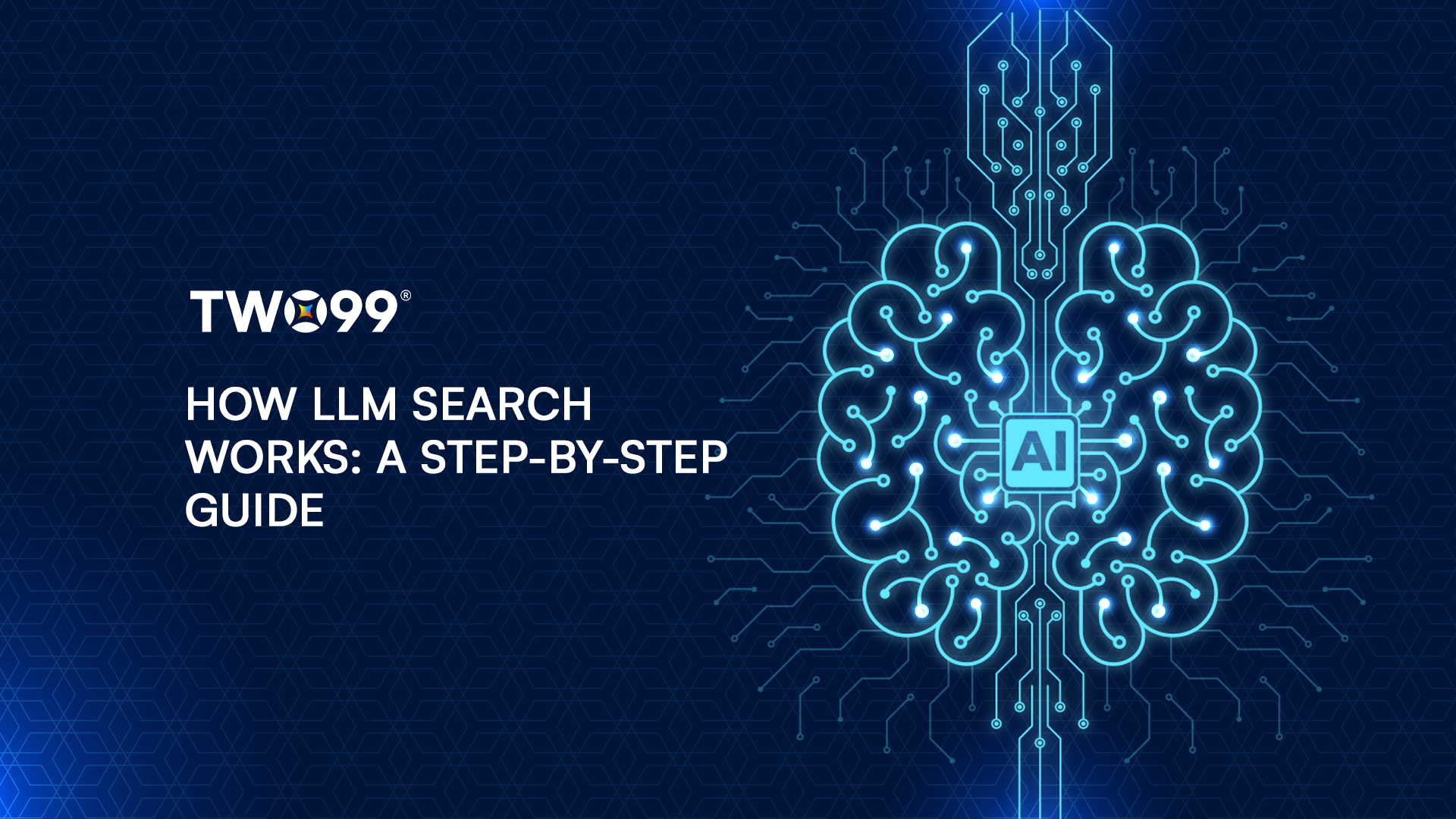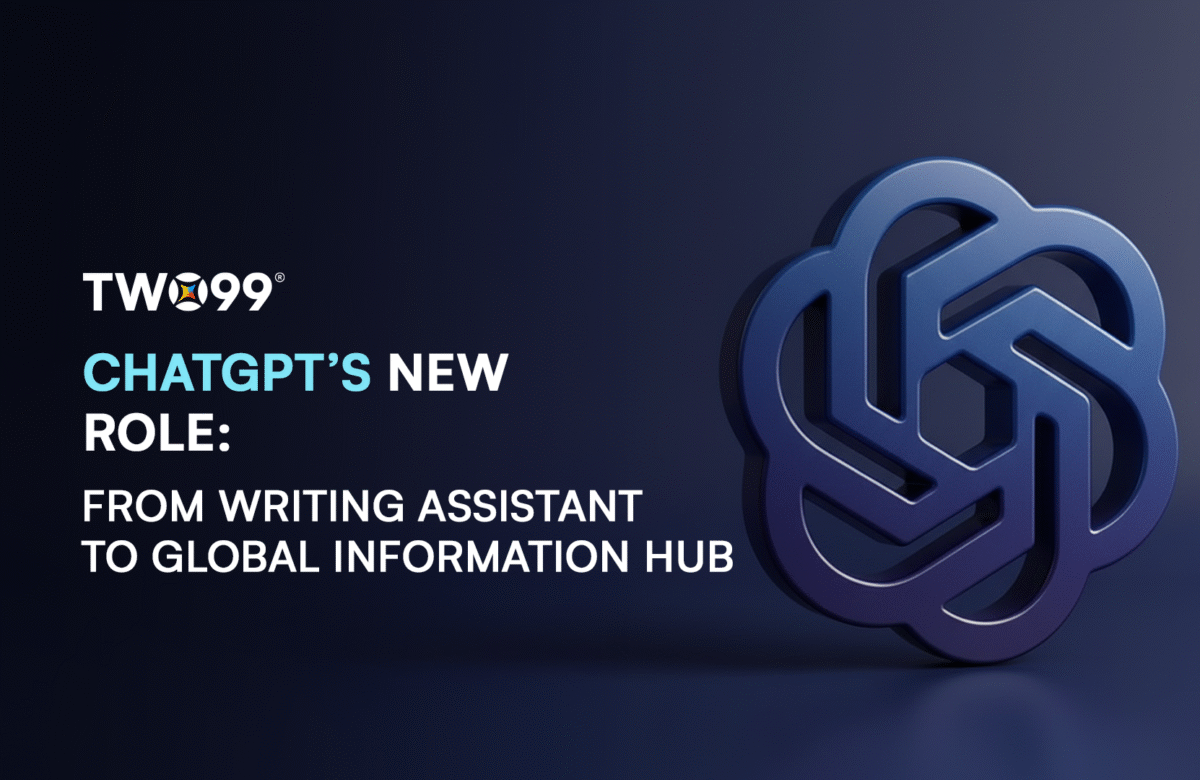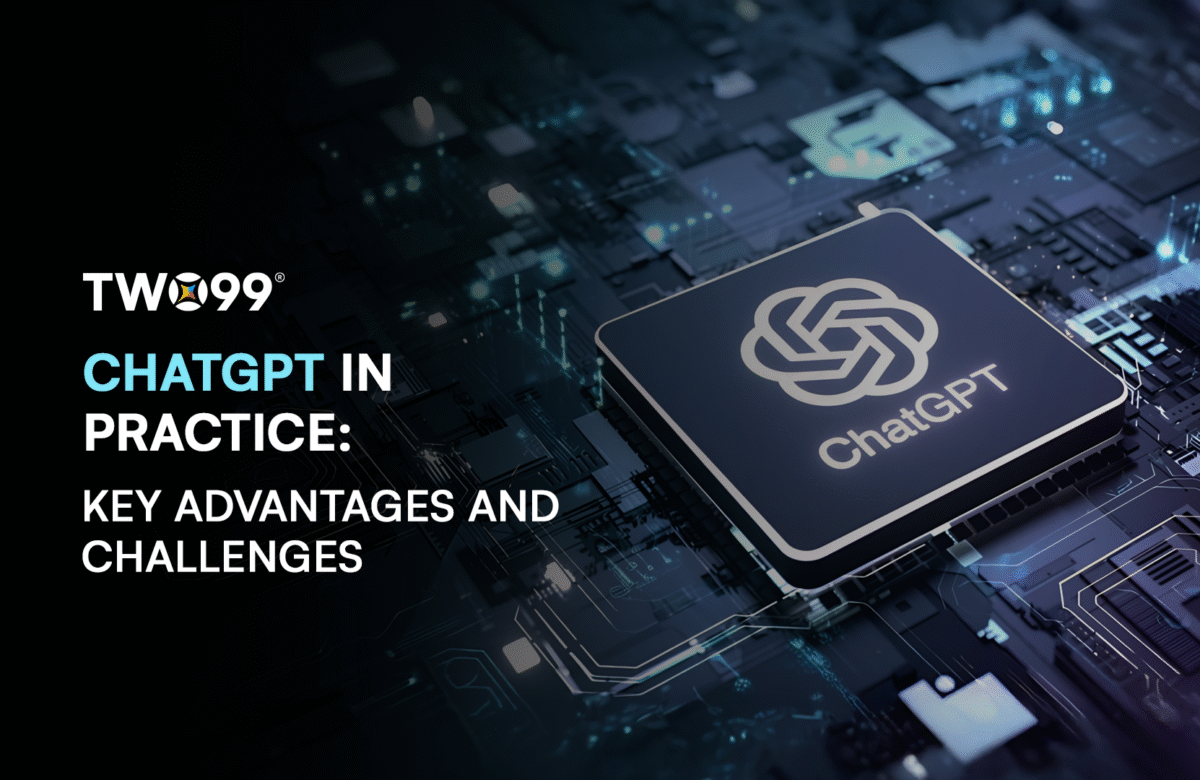In the evolving world of AI, large language models (LLMs) are no longer just about text generation. One of their most powerful and rapidly growing capabilities is search. But unlike traditional search engines that match keywords with indexed web pages, LLM-based search engines approach the problem very differently by understanding meaning, context, and intent.
This article breaks down how LLM search works, step-by-step. We’ll explore the core stages behind the scenes, the types of LLM search systems, and real-world applications shaping the future of information retrieval.
What is LLM Search?
LLM Search refers to the use of large language models (like GPT, Claude, Gemini) to interpret, retrieve, and generate responses to search queries. These systems combine natural language understanding (NLU), deep learning, and real-time data access to give users relevant, human-like answers, rather than just a list of links.
Unlike traditional search engines that rely heavily on keyword matches and page rank algorithms, LLM Search works by grasping the semantic meaning of your query and surfacing information that aligns with your intent.
Types of LLM Search Systems
Before diving into the mechanics, it’s important to understand the different types of LLM search approaches being used today:
1. Closed-Book LLM Search
In a closed-book LLM search setup, the large language model answers queries purely based on the information it has been trained on, without referring to any live or external data sources like the internet.
Think of it as asking an expert who has read millions of books, research papers, websites, and manuals, but is currently cut off from the internet. Whatever they know is what they learned during training, and they’re not allowed to “Google” anything new.
How It Works:
- The user inputs a question or query.
- The LLM searches its internal embeddings (a vast memory of structured knowledge derived from training data).
- It retrieves the most relevant “memory chunks” to craft a response.
- No API calls, web searches, or real-time data are involved.
2. Open-Book LLM Search
In an open-book LLM search setup, the language model augments its internal knowledge by reaching out to external sources like APIs, search engines, databases, or internal tools in real time. It doesn’t rely solely on what it learned during training—it also “looks things up” while generating a response.
Think of it as consulting an expert who not only remembers everything they’ve learned but also keeps a browser, calculator, and knowledge base open during a conversation. They can validate facts, pull in the latest updates, and provide references on the fly.
How It Works:
- The user submits a question or task.
- The LLM interprets the intent and decides whether external information is needed.
- It performs API calls, web searches, or tool queries to gather fresh data.
- It combines the retrieved information with its internal reasoning to create a more accurate, contextual, and up-to-date response.
3. Hybrid Search (RAG – Retrieval Augmented Generation)
In a hybrid or RAG (Retrieval-Augmented Generation) setup, the language model doesn’t just rely on what it knows or what it can look up, it does both. This method retrieves relevant documents from a pre-indexed knowledge base (internal or external) and uses those documents to guide its generative responses.
Think of it like working with an expert who has a powerful, indexed library beside them. When you ask a question, they quickly scan the most relevant books, highlight key passages, and then synthesize the answer using their own reasoning.
How It Works:
- The user submits a query.
- The system retrieves relevant documents from a connected database, document store, or search engine (often via vector search or semantic search).
- These documents are passed to the LLM as context.
- The model reads and interprets these documents before generating a contextual and grounded response.
Step-by-Step Breakdown of How LLM Search Works
We’re entering a new era where AI models don’t just retrieve information, they understand your intent, reason through context, and respond conversationally. This evolution is powering everything from personal assistants to enterprise search systems. Behind the scenes of platforms like Genshark AI, these LLM-based engines are already reshaping how teams, researchers, and marketers explore vast knowledge bases more naturally than ever before.
Step 1: User Prompt (Input Submission)
Everything begins when a user types a natural language query: e.g., “How does inflation affect the real estate market?”
This input marks the start of the LLM search pipeline.
Step 2: Tokenization
Before processing, the query is broken down into tokens:
Words, phrases, punctuation, and subwords are converted into numerical values.
These tokens are fed into the model for further analysis.
Example: The phrase “real estate” might become two tokens or one, depending on the model.
Step 3: Context and Intent Detection
The model doesn’t just read the words, it tries to understand what you’re really asking:
Uses attention mechanisms to focus on key parts of the query.
Builds a semantic map to understand user intent (e.g., asking for insight, definition, comparison).
Recognizes emotional tone, specificity, and urgency.
Step 4: Task Determination
Based on the context, the LLM chooses the next step:
Should it generate a response from memory?
Should it trigger a web search or access an API (e.g., weather, finance, maps)?
Should it pull relevant documents from a vector database?
This decision influences the type of search and the tools it invokes.
Step 5: Information Retrieval
If the task requires external knowledge:
The system sends search queries to third-party APIs or search indexes (e.g., Bing, Google, proprietary datasets).
In enterprise applications, it may access private knowledge bases or internal wikis.
Information is fetched in raw form, often unstructured and needing processing.
Step 6: Parsing and Structuring Data
The LLM now needs to make sense of the retrieved content:
Cleans and filters noise (irrelevant text, duplicate info).
Structure it into digestible formats, paragraphs, bullet points, graphs.
Maps this external data to the original query’s context.
This step is key for accuracy.
Step 7: Language Generation (Neural Output)
Now comes the model’s core function, generating a response:
Predicts one token at a time, informed by the context and retrieved data.
Continuously refines the answer as it builds the sentence.
May create different versions before selecting the best one.
LLMs use transformer architectures to ensure coherence, logic, and fluency.
Step 8: Post-Processing and Quality Check
Once the raw output is generated:
The system checks for factual accuracy, bias, and redundancy.
Converts tokens back into natural language (detokenization).
Adds enhancements like citations, markdown formatting, or visual embeds (if applicable).
This makes the response human-friendly and trustworthy.
Step 9: Display to User
Finally, the user receives a polished answer:
May include headings, subpoints, clickable links, graphs, or maps.
In advanced systems, the user can interact further, ask follow-up questions, or click sources.
The goal is clarity, precision, and responsiveness.
Real-World Applications of LLM Search
- Smart Assistants: ChatGPT, Alexa, and Google Assistant are using LLM search to understand user prompts and fetch dynamic responses.
- Customer Support: AI agents are trained on product FAQs, policies, and historical tickets to resolve queries instantly.
- Enterprise Knowledge Search: Internal wikis, documents, meeting transcripts, and emails made searchable and usable.
- Academic Research: Tools like Semantic Scholar or Elicit use LLMs to parse and summarize complex academic literature.
- E-commerce: Search engines that understand shopping intent (e.g., “best waterproof hiking shoes under ₹5000”) and deliver refined results.
Advantages of LLM Search Over Traditional Search
| Feature | Traditional Search | LLM Search |
|---|---|---|
| Keyword Matching | High | Low |
| Intent Understanding | Low | High |
| Natural Language Queries | Poorly supported | Native support |
| Real-Time Information | Possible with APIs | Built-in via tools & plugins |
| Answer Format | List of links | Complete human-like response |
| Personalization | Limited | Context-aware, adaptive |
Challenges & Limitations
- Hallucinations: The model may generate plausible but incorrect answers.
- Latency: Fetching external data and generating long-form content can be time-consuming.
- Bias: Based on training data and sources accessed.
- Data Freshness: Closed-book models may lack up-to-date info.
- Privacy: Needs guardrails to avoid leaking sensitive data in enterprise settings.
What’s Next in LLM Search?
- Multimodal: Searching across text, images, video, and voice.
- Contextually Persistent: Retaining memory across sessions.
- Integrated: Embedded into browsers, apps, OS-level assistants.
- Regulated: With clearer standards for transparency, fact-checking, and ethics.
Is LLM Search the Future of Information Retrieval?
As the internet becomes more complex, and users expect faster, clearer, and more personalized answers, LLM search presents a compelling future. While it may not replace traditional search engines entirely, it is undoubtedly redefining what we expect from a query, not just a list of links, but intelligent, contextual, and human-sounding answers.
Whether you’re a developer, content strategist, or just a curious user, understanding how LLM search works isn’t just a technical curiosity, it’s a glimpse into the next evolution of how we access and interact with knowledge





2 Comments
Alec Mayo
August 3, 20257:39 am
I like the efforts you have put in this, regards for all the great content.
Felicity Warren
August 3, 20258:44 am
Very well presented. Every quote was awesome and thanks for sharing the content. Keep sharing and keep motivating others.